Why Reactive Content Is Dead in 2025—And What to Do Instead
In the old world of marketing, being reactive was seen as agile.
Today? It’s a trap.
In 2025, brands that still rely on last-minute content calendars, scrambling to jump on trends, or chasing competitors' messaging are falling behind. Not because they’re slow—but because they’re unfocused.
The future of growth belongs to predictive, pre-planned, and automated content systems.
The Problem with Reactive Marketing
If your team wakes up wondering “What should we post this week?”—you’re already behind.
Reactive content creation leads to:
Disconnected brand voice
Inconsistent publishing
Burned-out teams
Missed strategic themes
Low long-term ROI
Worst of all? It’s unpredictable. You can’t scale chaos.
The Myth of Agility
Yes, it feels good to react to trends or news. But by the time you create, review, publish, and promote it’s usually too late. You’ve already missed the window.
Agility should come from your infrastructure, not your calendar. That means building workflows that anticipate needs and generate content in advance automatically.
The 2025 Approach: Predictive Content Systems
Instead of chasing the moment, leading brands are building predictive content engines powered by AI and data.
Here’s what that looks like:
Content calendar built 30–60 days ahead
Smart briefs based on trending keywords + search data
AI-driven asset creation for each persona/channel
Automated scheduling + performance-based refresh triggers
Team reviews and approves not manually creates
That’s how you go from reactive noise to proactive relevance.
How Flowblox Helps You Shift from Reactive to Predictive
Flowblox is built to eliminate the guesswork and grunt work. You give it a strategic goal—it builds the engine for delivery.
With Flowblox, you can:
✅ Plan monthly content themes by persona and stage
✅ Auto-generate blogs, emails, and social assets from one brief
✅ Align messaging across channels without repetition
✅ Refresh and resurface high-performers, based on engagement
✅ Stop reacting and start leading
It’s not just content automation. It’s attention automation.
Building a Predictive Content Engine: Step-by-Step
Set the Strategy: Define core narratives for your audience, product, and value prop.
Map the Journey: Plan content types by stage (awareness, evaluation, decision).
Brief Once: Use Flowblox to input tone, audience, and goals.
Generate Assets: Let AI create platform-specific posts, optimized headlines, and summaries.
Schedule & Refresh: Automate posting and update content based on real-time signals.
Now you're not reacting you’re scaling.
The Real ROI of Proactive Publishing
Making the switch from reactive to predictive means:
Consistent visibility in search and social
Stronger lead nurturing through better-timed messaging
Fewer last-minute scrambles that disrupt your team
Higher-quality content that compounds over time
Smarter budget allocation to winning formats and themes
Final Thought: Leadership = Intentionality
If your brand still runs on content panic, it’s time to rethink your workflow.
Let 2025 be the year you stop reacting and start orchestrating.
Flowblox helps you turn scattered efforts into a streamlined, data-driven content system that works while you sleep.
Ready to lead? Or just trying to keep up?


